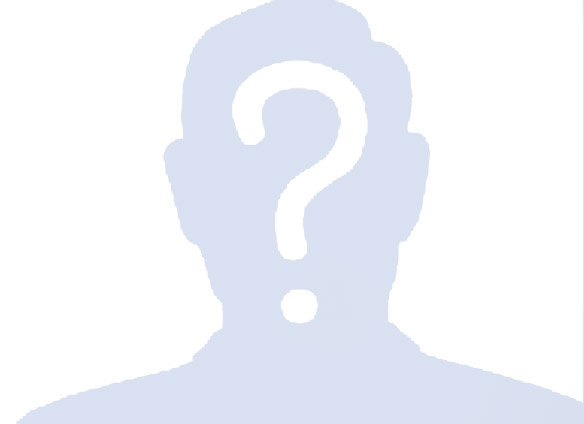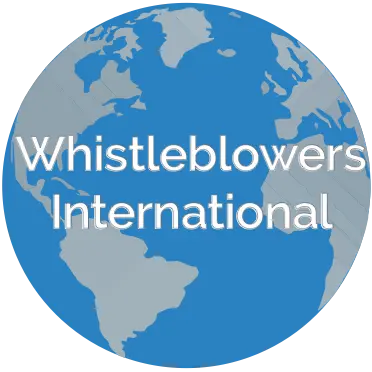Karen Silkwood, 1974.

Source: Wikipedia
Karen Silkwood became the first well-known nuclear plant whistleblower. Her time as a chemical technician at a Kerr-Mcgee nuclear plant led her to speak out about the unsafe work conditions in her workplace. She testified before the United States Atomic Energy Commission in 1974 about the health and safety issues of atomic power plant workers. The jury found that the company contaminated her person and her home with plutonium, and awarded her a substantial monetary reward. When her case was brought in front of the United States Supreme Court, Kerr-McGee granted Silkwood a $1.38 million out-of-court settlement to avoid admitting its responsibilities.
John Michael Gravitt, 1983.

Source: US Department of Defense
While employed at GE, Gravitt, a machinist foreman, reported to his supervisors that the company was defrauding the Department of Defense by falsely billing the government for contract work on the B1 Lancer Bomber. GE fired Gravitt for his misgivings, leading him to file a qui tam suit under the False Claims Act (FCA) despite the law having been weakened after World War II. Gravitt ultimately testified before Congress about the state of the FCA which was too weak to adequately protect whistleblowers. This testimony influenced the 1986 amendments to the act, which renewed and strengthened the statute by prohibiting companies from retaliating against employees who reported fraud.
Jeffrey Wigand, 1996.

Source: National Library of Medicine
A former tobacco executive, Wigand claimed on “60 Minutes” that cigarettes companies were intentionally packaging products with addictive levels of nicotine. His story was adapted into the 1999 film The Insider. He kept exposing corporate wrongdoing and deceit despite the death threats he received. Thanks to his courage, in 1997 the tobacco industry decided to pay a $368 billion settlement.
Dr. Aubrey Blumsohn, 2006.

Source: Wikipedia
While a senior faculty member at Sheffield University, Dr. Blumsohn was part of a joint research project with Procter & Gamble about the company’s drug Actonel (risedronate). Dr. Blumsohn blew the whistle on data concealment and manipulation performed on behalf of the drugmaker when he learned that the company omitted key data from a statistical analysis they asked him to endorse. Blumsohn’s actions helped to ensure that P&G’s osteoporosis medication was well understood and safely used by the medical community in their practices.
John Kopchinski, 2009.
 A former sales representative for Pfizer, a large pharmaceutical manufacturer, Kopchinski exposed the company’s widespread illegal marketing of its prescription painkiller Bextra (valdecoxib). The information led to a government investigation and a $2.3 billion settlement, the largest healthcare fraud settlement of the time.
A former sales representative for Pfizer, a large pharmaceutical manufacturer, Kopchinski exposed the company’s widespread illegal marketing of its prescription painkiller Bextra (valdecoxib). The information led to a government investigation and a $2.3 billion settlement, the largest healthcare fraud settlement of the time.
Robert Rudolph, Joseph Faltaous, Steven Woodward, and Jaydeen Vincente, 2009.
 Four Eli Lilly sales representatives filed qui tam lawsuits against the company for illegally off-label marketing the antidepressant drug Zyprexa (olanzapine) for uses not approved by the FDA, including the treatment of dementia in the elderly. The ensuing lawsuits saw the Big Pharma pay $1.4 billion in criminal penalties and civil settlements, setting a strong example for drugmakers that they must act responsibly and not flaunt the law to increase their bottom line.
Four Eli Lilly sales representatives filed qui tam lawsuits against the company for illegally off-label marketing the antidepressant drug Zyprexa (olanzapine) for uses not approved by the FDA, including the treatment of dementia in the elderly. The ensuing lawsuits saw the Big Pharma pay $1.4 billion in criminal penalties and civil settlements, setting a strong example for drugmakers that they must act responsibly and not flaunt the law to increase their bottom line.
Dr. Eric Ben-Artzi, 2012.

Frankfurt Deutsche Bank Twin Towers -Source: Wikipedia
Dr. Ben-Artzi came forward with evidence of multi-billion dollar securities violations at Deutsche Bank. As an employee, he discovered and internally reported serious violations stemming from the Bank’s failure to report the value of its credit derivatives portfolio accurately. Deutsche bank ultimately settled the charges for $55 million.
Cheryl Eckard, 2010.

Source: US Food and Drug Administration
Eckard blew the whistle on widespread contamination problems at GlaxoSmithKline’s pharmaceutical manufacturing operations. Her case resulted in GSK paying a $750 million settlement with the U.S. government for selling adulterated pharmaceuticals. Eckard received $96 million herself for coming forward, the second largest award ever paid to an individual whistleblower.

While many whistleblowers’ identities have become known through the news and depictions in the media and entertainment, many others choose to remain anonymous. In the past decade, Congress has enacted several new programs that allow those civic heroes to protect their identities by filing claims without their names being released publicly. Despite their anonymity, these unknown citizens have exposed fraudulent schemes that have cost the government billions of dollars and collected millions in rewards.
Learn about the different types of Whistleblower Fraud
Learn more about the different Whistleblower Programs And Laws
Take the first step
Your first consultation is free and confidential.

